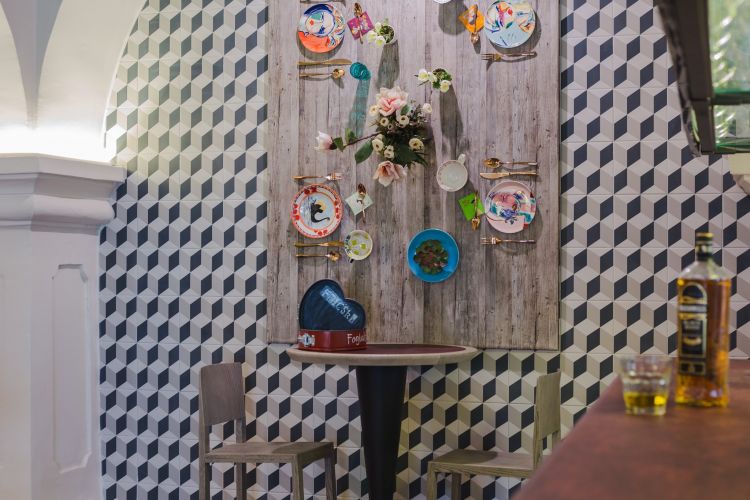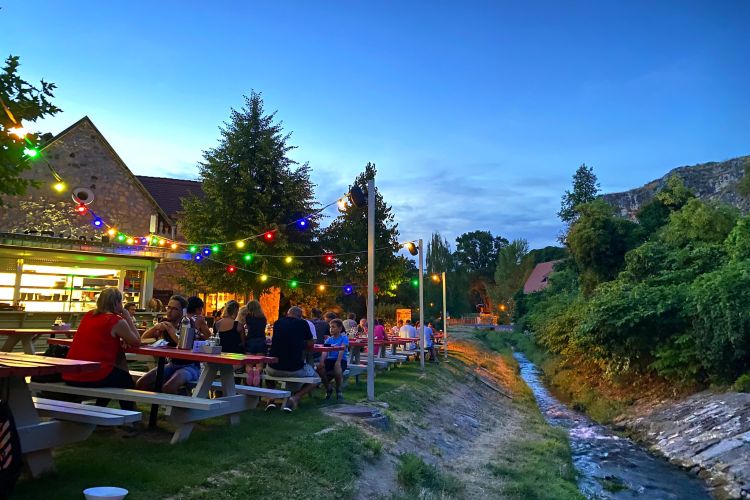Many adjectives have already been applied to Veszprém, all of which have been placed behind its name because of one of its special characteristics. The “city of queens”, the “city of festivals” or more recently, the “capital of creativity”.
Yet Veszprém has never been named after one of the most characteristic features of the past. The county capital has not yet been called the “city of mills”. Yet during the 19th century, there were no fewer than 15 mills, all of which lay along the Séd stream running through the town. The river water, which had a much higher water volume at that time, was perfectly suited to turning the big mill wheels, so it is no coincidence that many families started such businesses. Over time, the waters of the River Séd dried up and the mills gradually closed, but their characteristic buildings can still be found beside the stream. Especially as two of them are now popular places to eat. But perhaps many tourists are unaware that where they are eating their artisan burger or sipping their wine spritzer, there were once millers’ lads carrying sacks of flour up and down the streets.
The Fricska restaurant and a pub called Fricska Separé set up in an empty building in the immediate vicinity, were created in the buildings of the former Frick Mill.
Inside you can still see the old walls, which contrast uniquely with the modern furniture, but if you are not just viewing the place from an interior design perspective, it’s also worth trying the burgers and steaks barbecued on site. Not to mention you can do all this right at the foot of the castle, next to the gurgling Séd.
If you follow the stream’s course, you have to go round in a big circle, but you will come to the Malomkert restaurant, which has also been converted from a former Friedler water mill into a restaurant. Their specialty, besides the mainly Hungarian dishes, is their special selection of beers. We recommend you raise your glasses to the workers in Veszprém’s former mills before sipping the refreshing frothy drink. They would also have probably enjoyed a relaxing break after a busy day, just like these places offer you.

